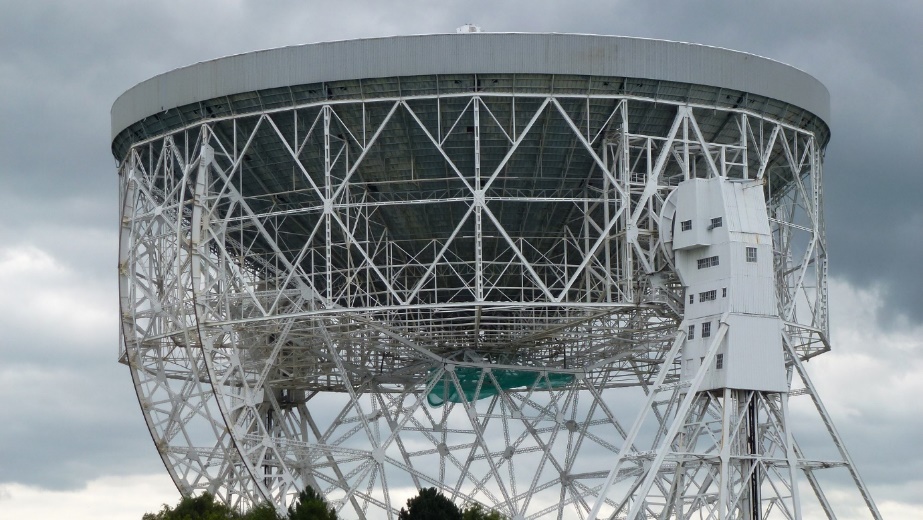The United Kingdom has never had a thriving space program. In fact, only one satellite called Prospero was launched by a British rocket named Black Arrow. The primary reason the space program never managed to innovate or contribute to global space research was that the government did not back it until the early 2010s. Before that, they argued that launching and sustaining a space program does not provide much value for money. All that has changed after 2010; since then, they have undertaken and completed several projects and innovations.
Reaction Engine Skylon

The British government partnered with ESA in 2010 to promote Skylon’s single-stage orbit spaceplane concept. Successful tests of the engine precooler and design were carried out in 2012. The innovation lies in the fact that the Skylon is supposed to be reusable, which would dramatically save costs that building new rockets tends to take.
Commercial Spaceports

A spaceport, like an airport, is simply a site for the launching and receiving spacecraft. In 2014, the British Government decided to build a British Commercial Spaceport. The spaceport was to become functional by 2018, but it has been delayed due to global economic crises and the pandemic. The location chosen for it is Sutherland in Scotland. In this quest, the British are ahead of their time. They coined this idea because of space travel’s potential in the coming decades. Having spaceports built already would provide an edge to Britain as they will be able to earn revenue from these spaceports before the rest of the world catches up.
Surrey Satellite Technology Ltd (SSTL)
This company is a large company derived from the University of Surrey. It is now wholly owned by Airbus Defence & Space. This company works with the UK Space Agency and allows for many tasks of the United Kingdom Sailing Agency (UKSA) to be handled. The innovation comes in where the SSTL can take these tasks remotely. They would otherwise be done in-house by a large government space industry. This model of the private and public sectors dividing the operations with such harmony can be found very rarely in the rest of the world.
Jodrell Bank

Jodrell Bank is a part of the University of Manchester that serves as an observatory. It is also the place where the tracking and communication with the rockets took place at the time of the launch of the Sputnik and Pioneer 5.
Pioneering the Carbon Fibre
It was the Royal Aircraft Establishment in Farnborough where the carbon fiber composite material was conceived and formed. This material did not just provide a lightweight material for spaceships but also for vehicles and aircraft. The Saunders-Roe SR.53 was the British prototype used in 1957 that first used this material and, as a result, also used the newly invented silver peroxide catalyst rocket engine.
Bibliography
British Space Programme – Wikipedia. En.Wikipedia.Org, 2022.
Pixabay. Skylon (UK), 2022.
https://www.pexels.com/photo/flight-sky-earth-space-2166/
Pixabay. SpaceX Spaceport, 2022.
https://www.pexels.com/photo/space-rocket-installed-on-launch-pad-before-countdown-586106/
Pixabay. Jodrell Bank, University Of Manchester, 2014.
https://pixabay.com/photos/radio-telescope-jodrell-bank-181815/
